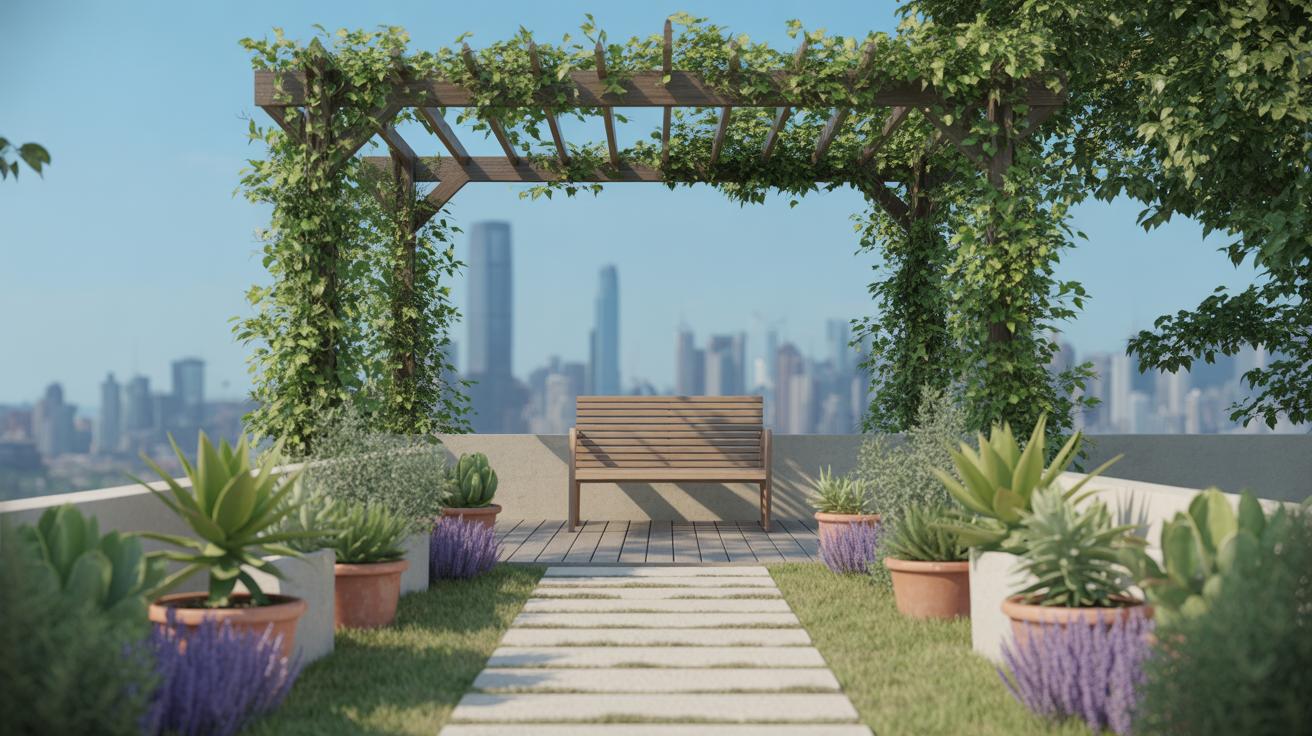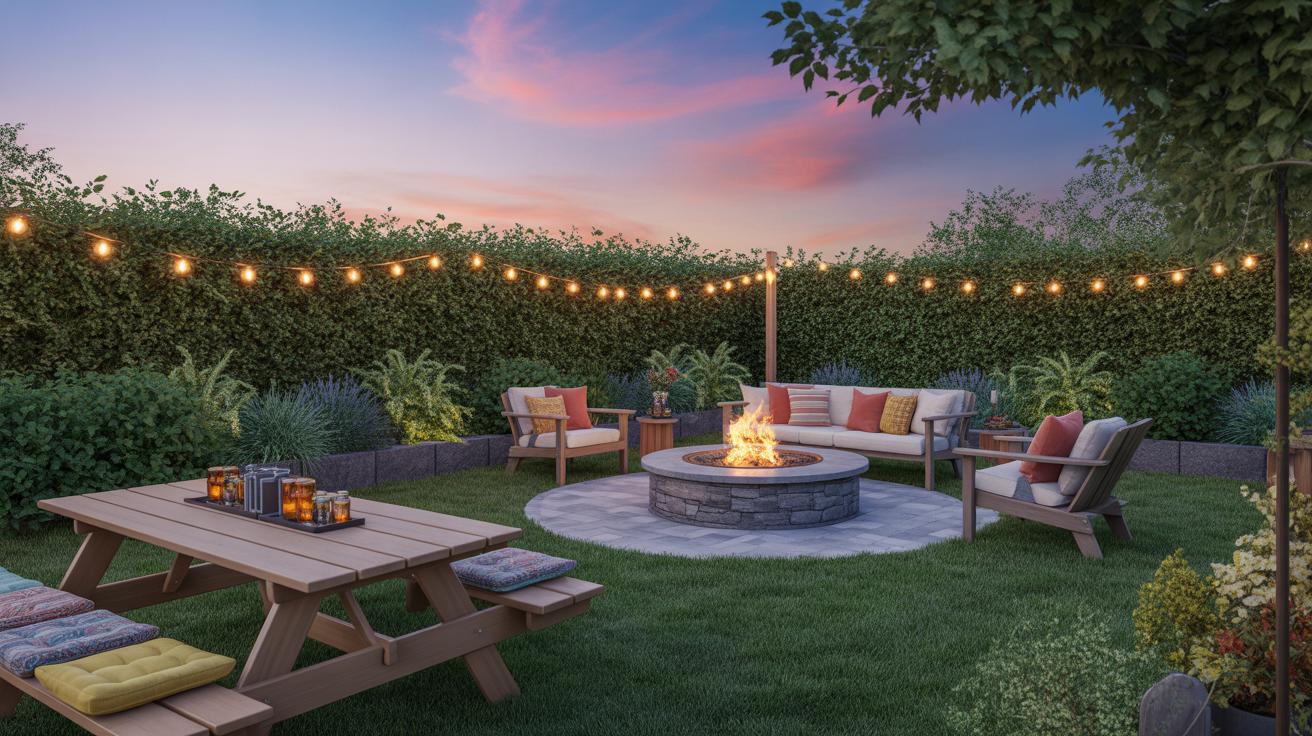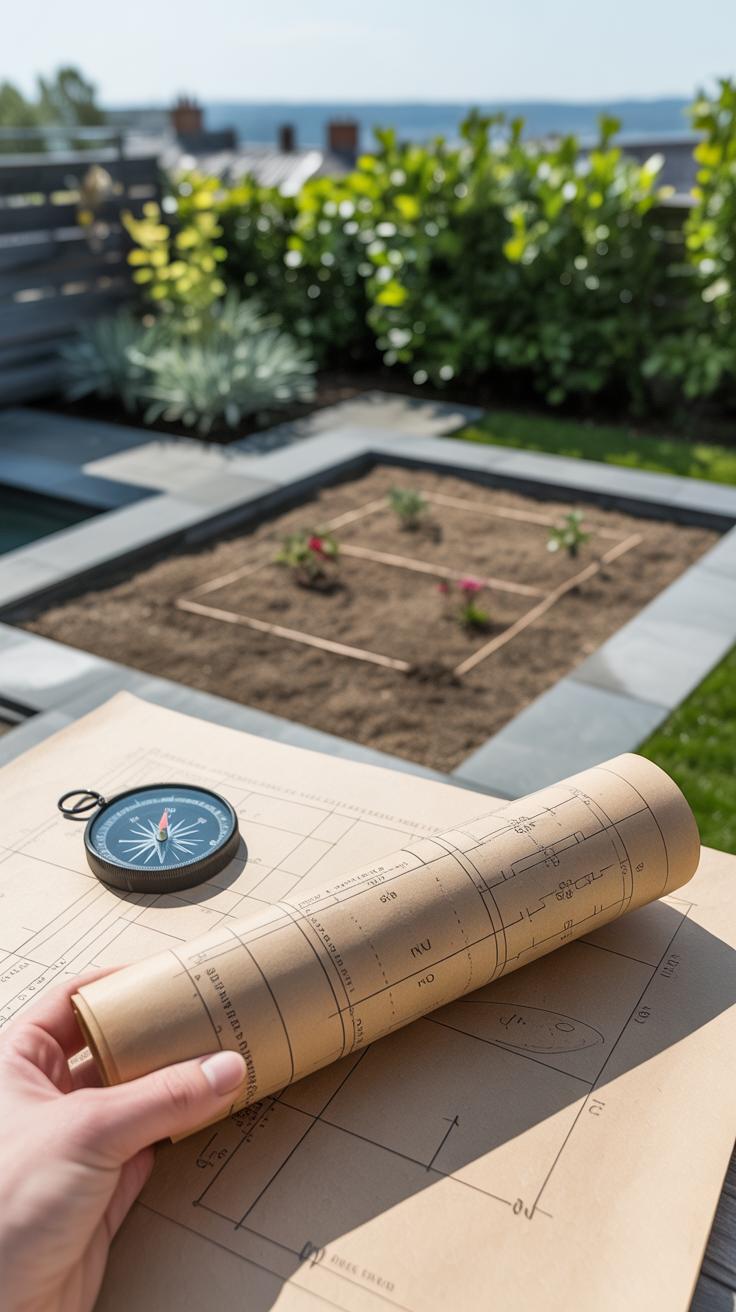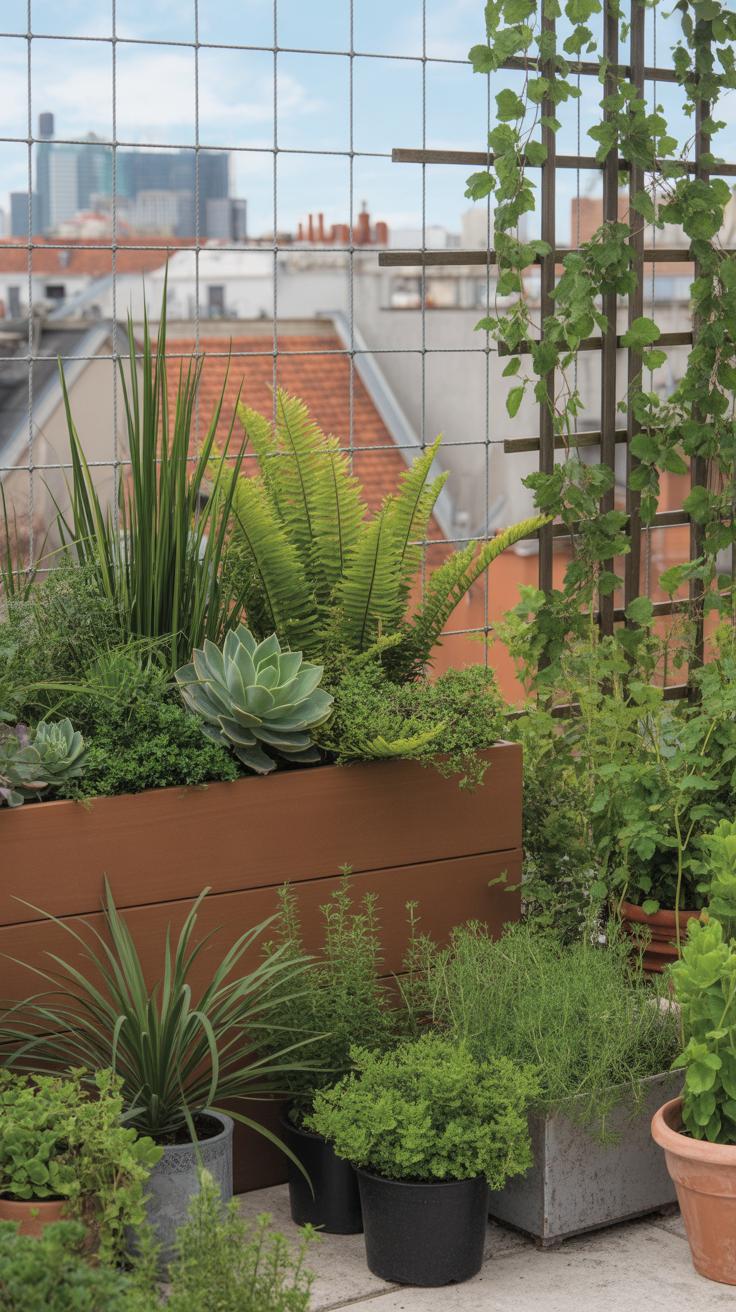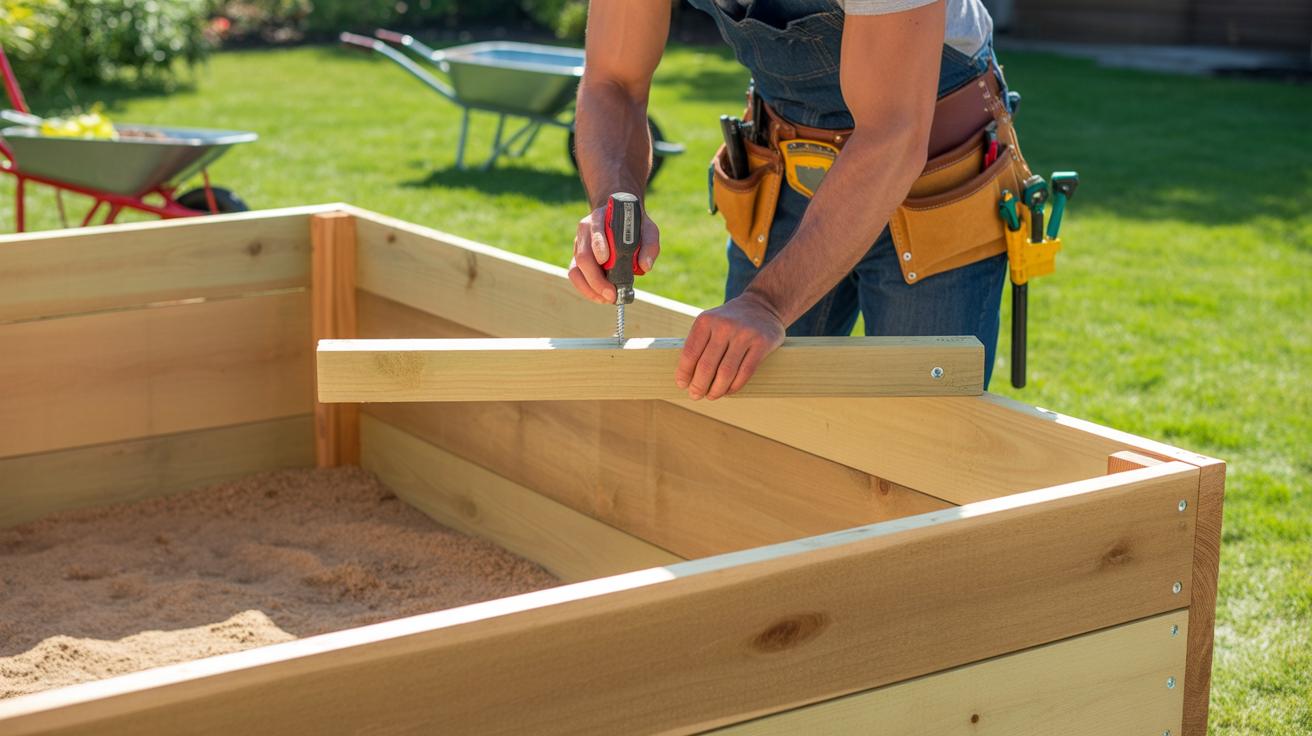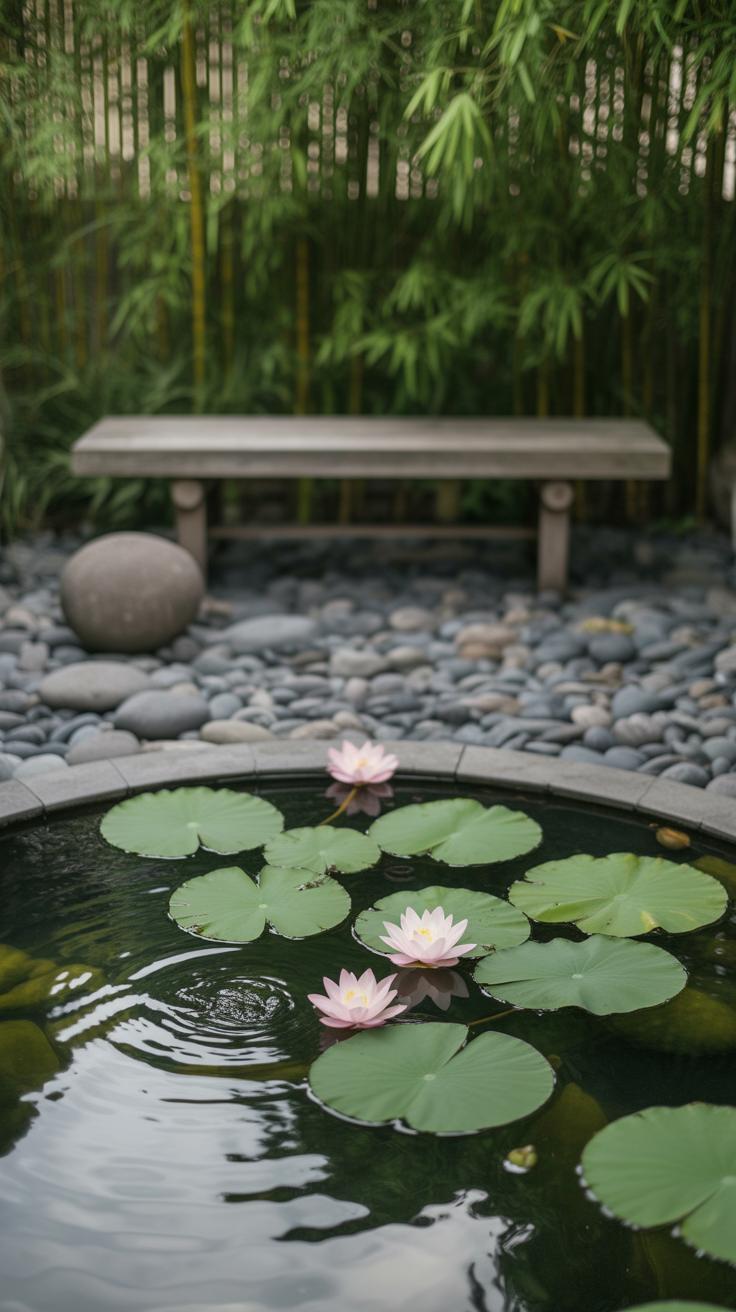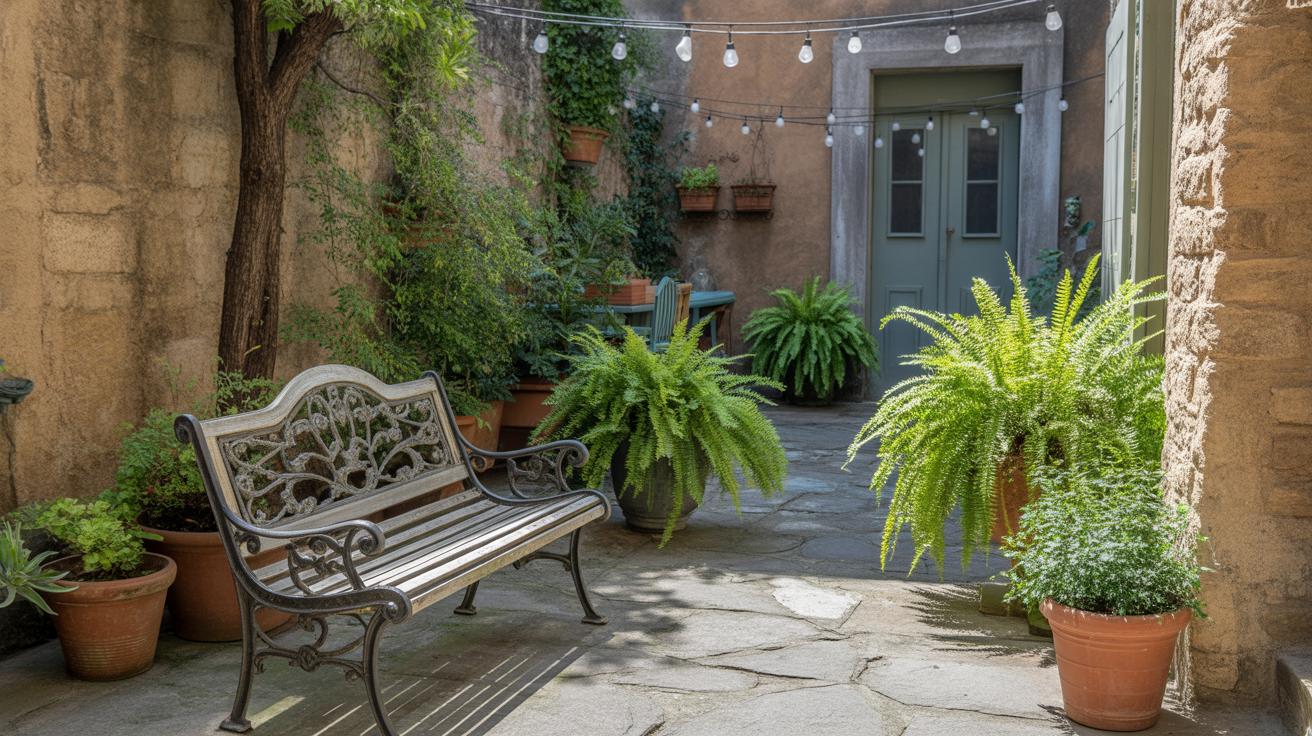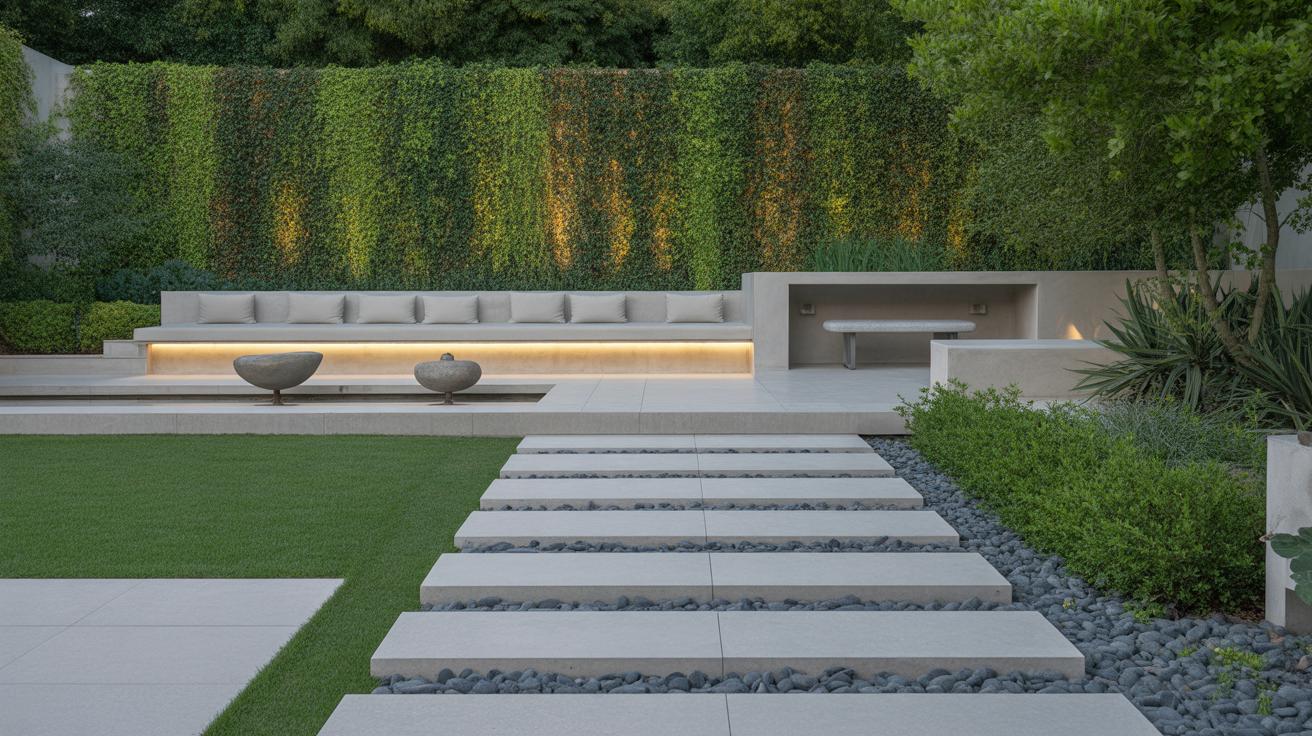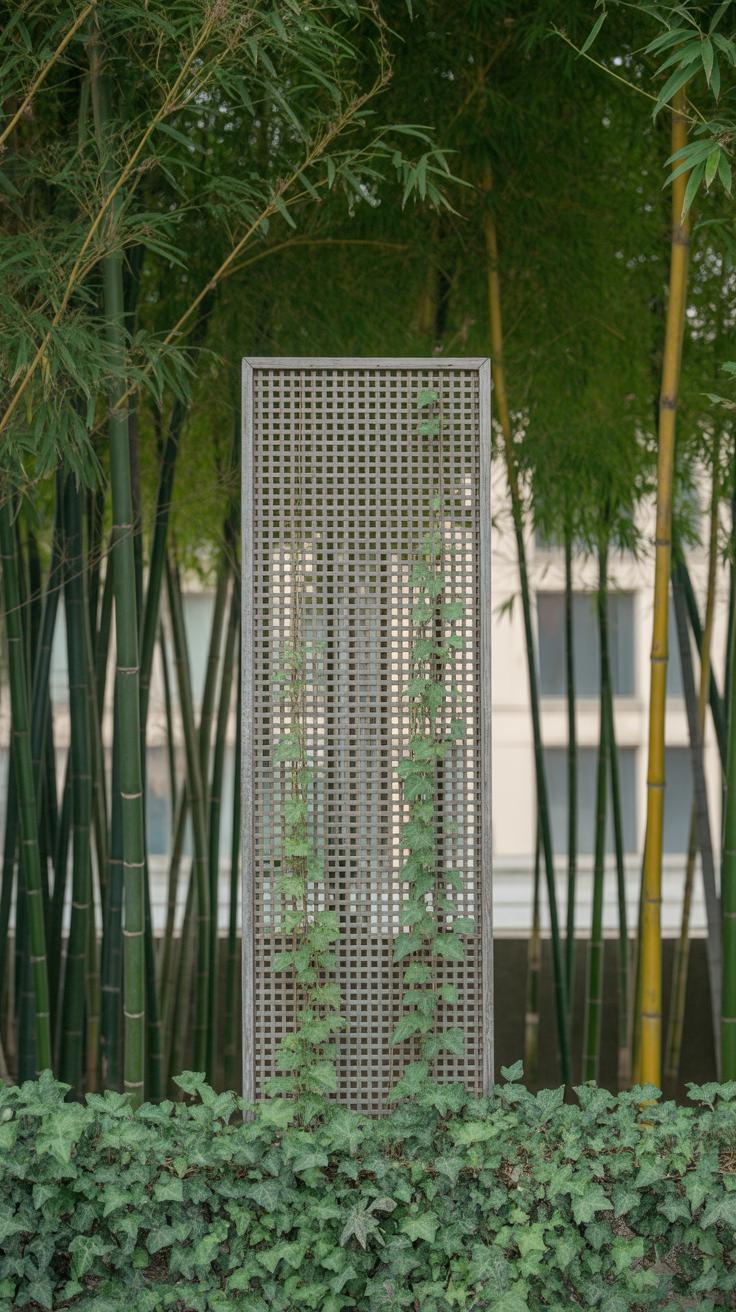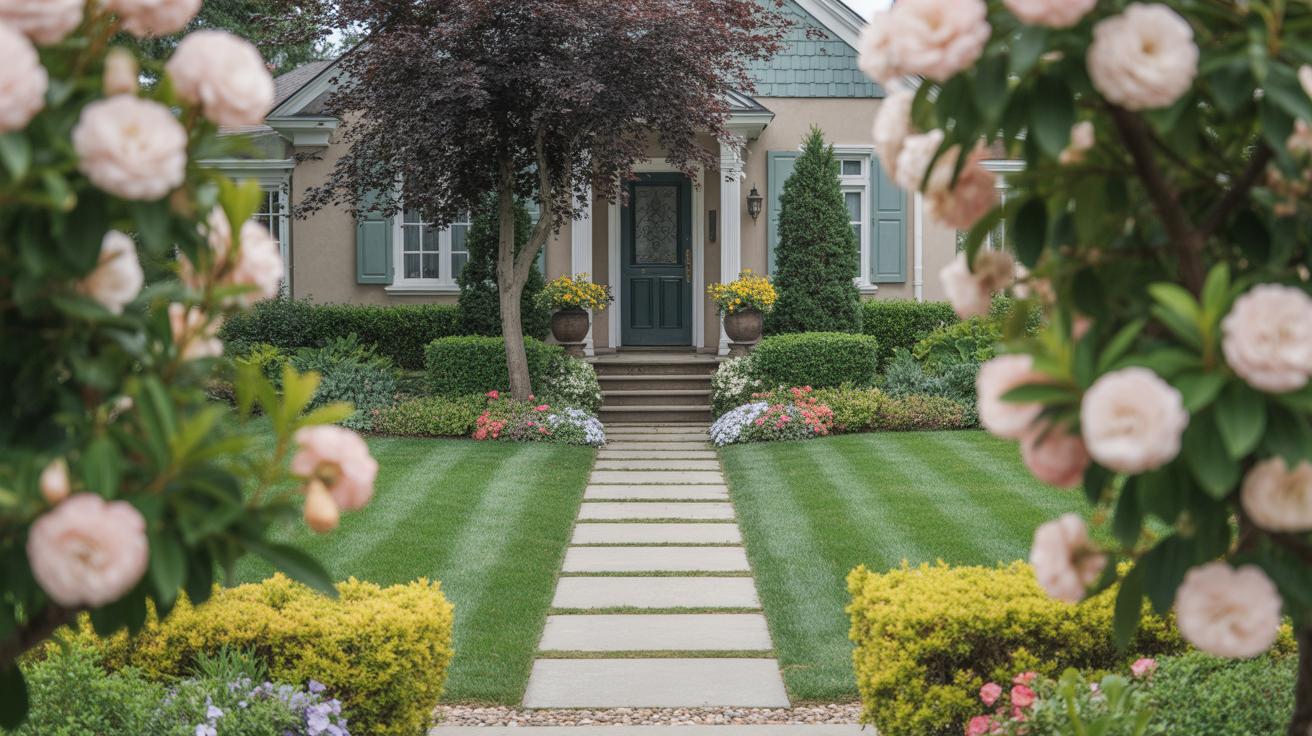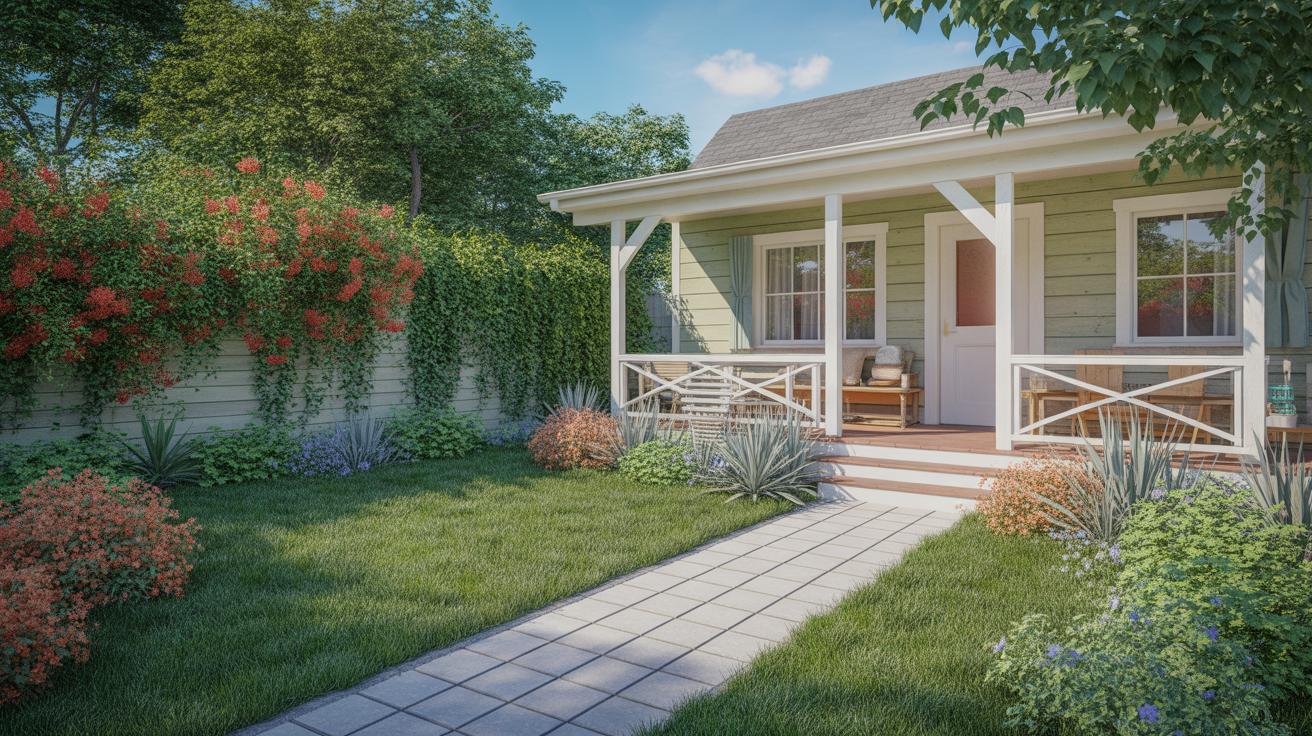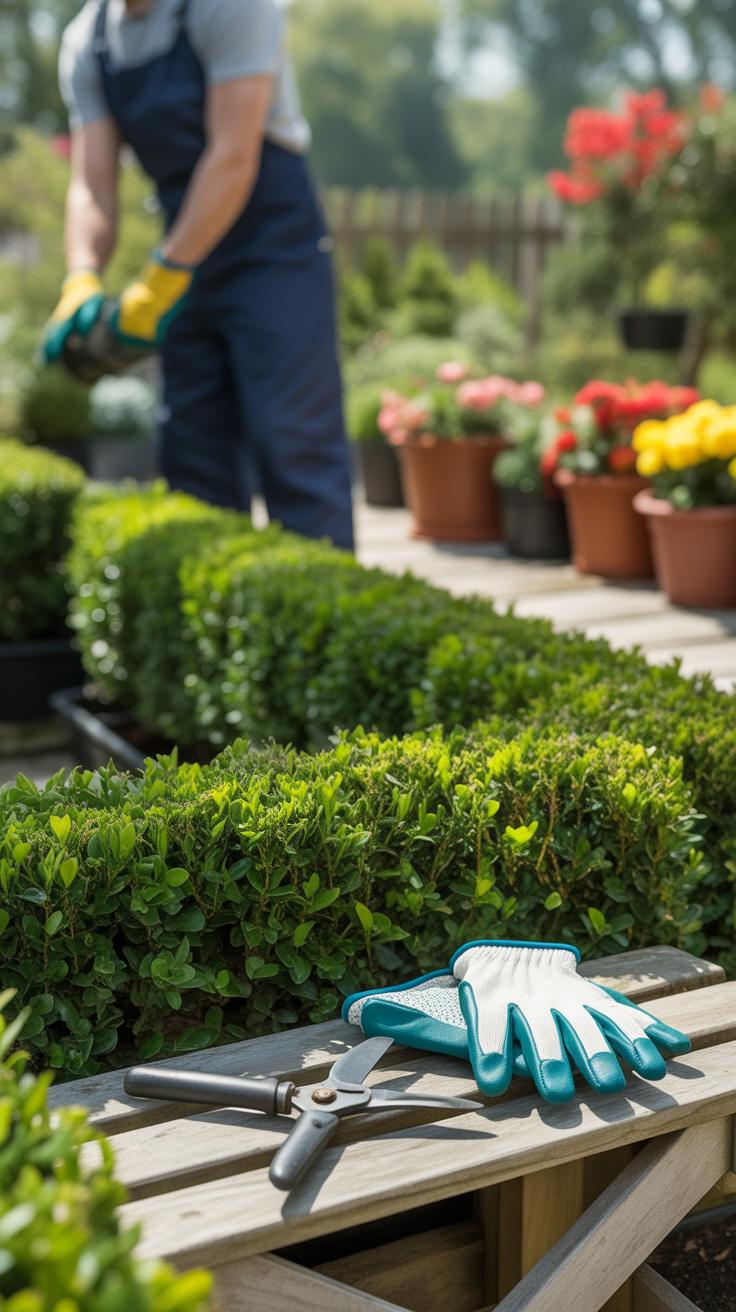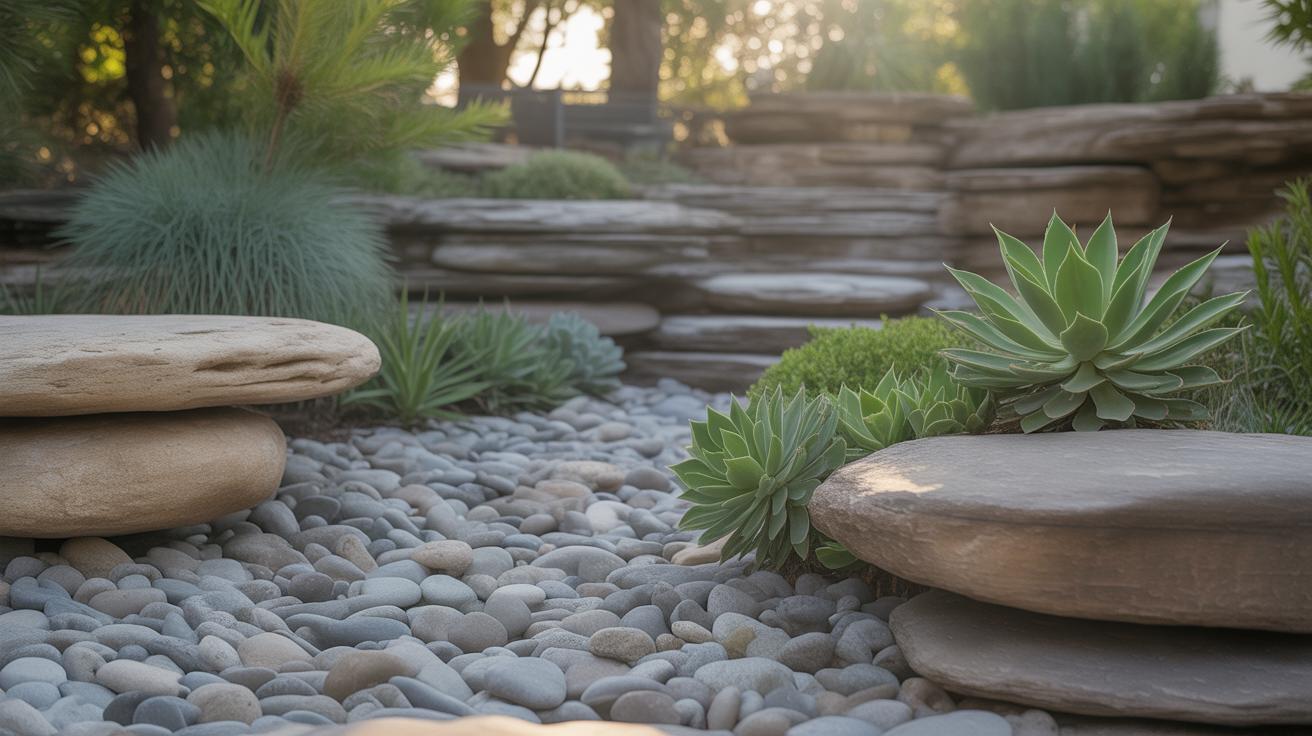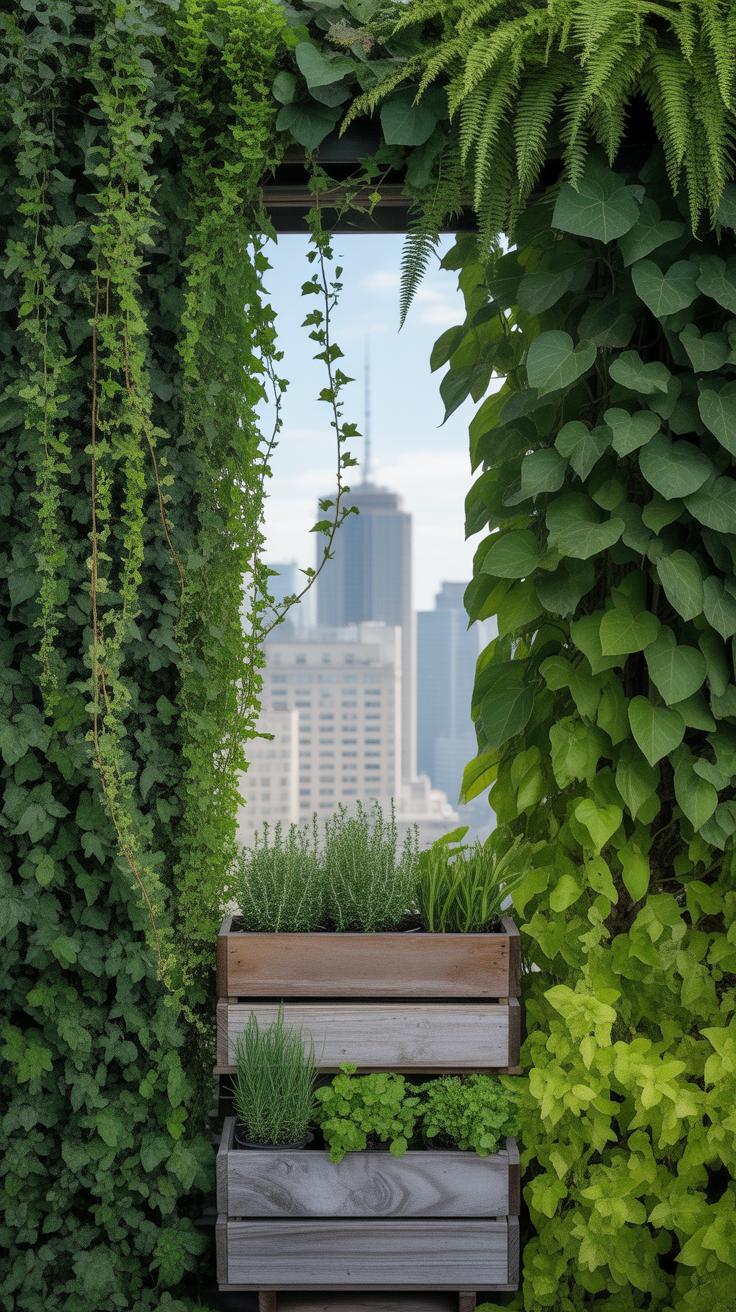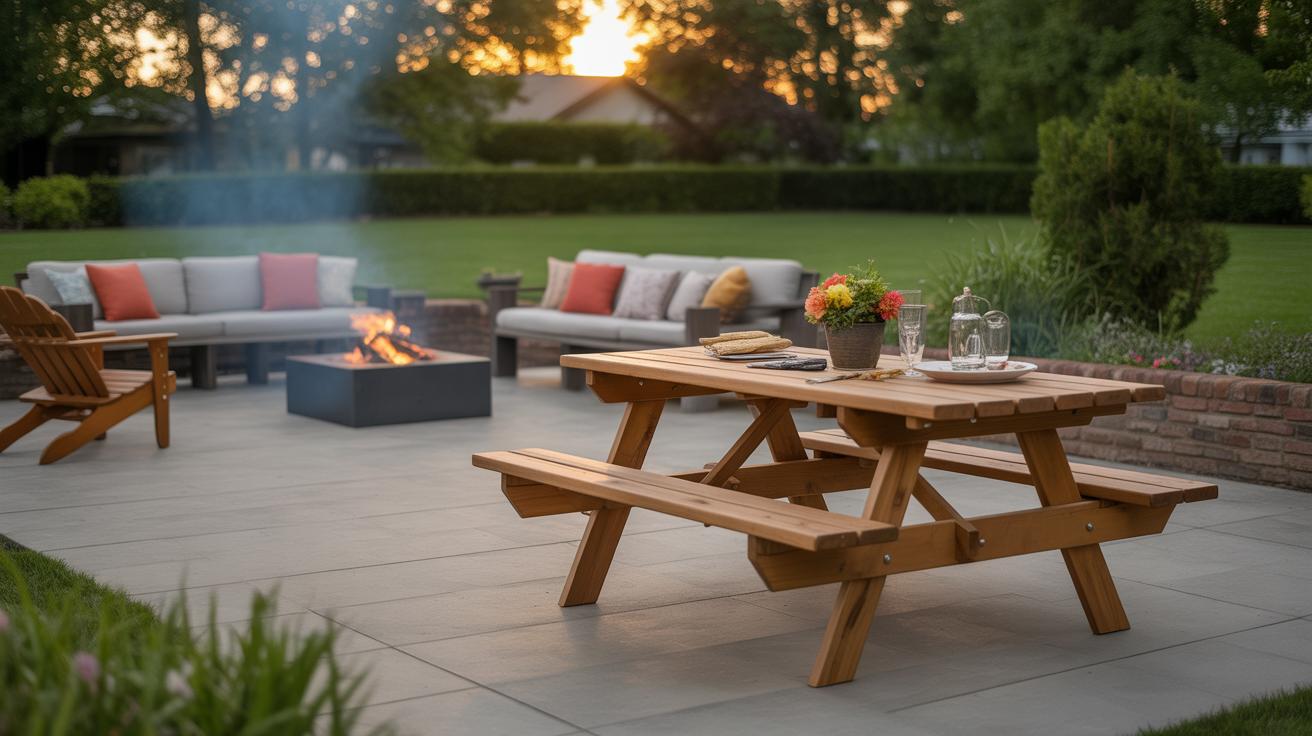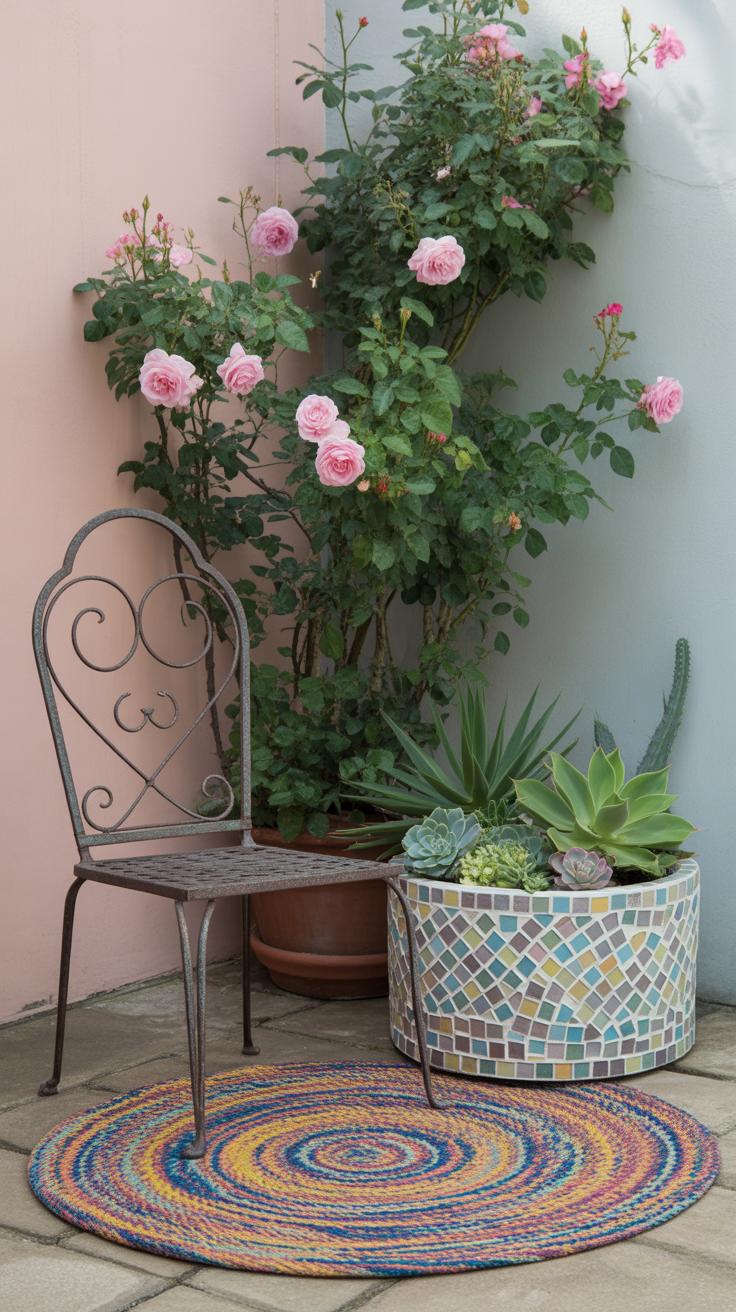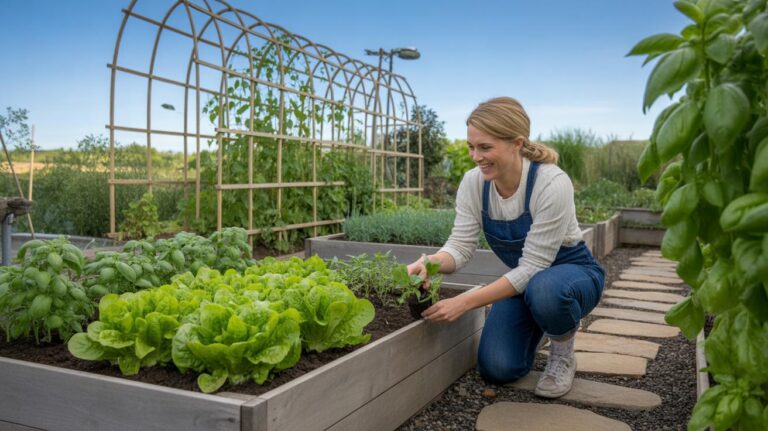Introduction
Designing tranquil courtyard gardens for urban homes offers city dwellers a chance to create a peaceful green space right in the heart of their homes. These gardens combine nature with architecture, opening up a private outdoor area surrounded by the walls of your house. A courtyard garden brings fresh air, light, and a break from the bustle of urban life into your daily routine.
In this article, you will explore practical ideas and steps to design your own quiet courtyard garden. From understanding the history and benefits of courtyards to choosing plants and materials, this guide covers what you need to know to create a calming and beautiful retreat. Let’s walk through the process of making your small space into a refreshing garden haven.
Understanding The History And Purpose Of Courtyard Gardens
The Roots Of Courtyard Gardens
Courtyard gardens have been part of human homes for thousands of years, appearing in various cultures with distinct purposes. In ancient Mesopotamia, families gathered in central open spaces sheltered by walls, providing a cool refuge from harsh desert climates. In Roman houses, the atrium served a similar role, where an open courtyard brought light and air inside multi-room homes. These early designs weren’t just about decoration—they met practical needs too. In Chinese and Islamic traditions, courtyards acted as sacred spaces, blending nature with architecture to invite calm and reflection.
What’s striking is how these spaces, across so many regions, combine utility with comfort. Even if the design details change—be it a fountain, a garden bed, or a simple stone patio—the core idea stays the same: a protected spot that balances nature and shelter. It’s curious how this concept emerged independently in distant cultures, almost like a natural response to human living patterns.
What Courtyards Offer In Modern Homes
In today’s urban settings, courtyard gardens still hit those basic needs for light, air, privacy, and a bit of quiet. Cities can feel claustrophobic, with buildings packed tightly and green spaces scarce. A courtyard creates an oasis within this density, a personal outdoor room shielded from neighbors and street noise. Many modern homes use courtyards to bring daylight into interior rooms that don’t have street-facing windows. That’s not just about brightness—it makes spaces feel bigger and livelier.
Moreover, courtyards offer a flexible zone. You might spend mornings with your coffee among plants, or use it for a small vegetable garden. There’s also a psychological effect—having a private green patch can reduce stress and improve well-being. Interestingly, some people claim their courtyard is their favorite place, even over a bigger outdoor yard. It seems smaller spaces, when well designed, can pack an outsized punch.
So, the question is: how can you make your courtyard feel this alive and purposeful? In the next chapter, we’ll look at how to plan your courtyard garden effectively, taking into account size, sunlight, and how you want to use your space.
Planning Your Courtyard Garden Space
Measuring And Mapping Your Area
Start by measuring your courtyard carefully. Use a tape measure to note down all dimensions—length, width, and even the height of nearby walls if they’ll affect plant growth or shade. Don’t rush this part; mistakes here mean trouble later. It helps to sketch a rough map on paper, marking doors, windows, and any fixed features like benches or fountains. I found that drawing to scale, even roughly, made rearranging elements much easier. You’ll see how much space you really have for planting versus seating or paths. Sometimes your available area feels bigger or smaller once it’s on paper—it’s a good way to put all your ideas into perspective.
Finding The Best Light Sources
Next, watch how sunlight moves across your courtyard throughout the day. Check sunlight at different times—morning, noon, and late afternoon. Keep track of spots that are in full sun, partial shade, or full shade. It can be surprising how quickly light shifts in a small space bordered by tall buildings or trees. Even balconies above can block sun in spots you’d assume are bright. Consider how seasons change sun angles too, especially if you want year-round greenery. You might want to place sun-loving plants on the south side, while shade-lovers find a home closer to walls or shaded corners. After a few days of observation, your garden plan can better match plant needs to light conditions, which I think is when a courtyard starts really feeling balanced and alive.
Choosing The Right Plants For Urban Courtyards
Picking plants for a small urban courtyard is trickier than it sounds. You want them to thrive, look good, and not demand too much care. It’s easy to get overwhelmed with choices, but focusing on a few key points can help.
Start by thinking about the size of your space—smaller courtyards mean plants that stay compact or can be easily pruned. Also, consider light availability. Some courtyards barely get direct sun, so shade-tolerant varieties become necessary. Others bake in the afternoon sun, calling for drought-tolerant plants.
When it comes to easy plants, the less fuss, the better. For small gardens, I often suggest herbs like lavender or rosemary. They smell great, need little watering once established, and provide greenery without overgrowing. Succulents work too, especially if you tend to forget about watering sometimes. Climbing plants like jasmine or honeysuckle can turn plain walls into green features without taking up floor space.
Matching plants to your climate is equally important. For cooler urban environments, evergreens such as boxwood offer year-round structure. Warmer cities might favor Mediterranean natives or drought-resistant species. Pay attention to your city’s pollution levels too—some plants just shrug off smog better than others.
Ask yourself: What conditions exist in your courtyard through the year? Can you handle a bit of trimming every now and then? The goal is to blend practical needs with what makes you want to step outside and linger.
Design Elements To Enhance Tranquility
When shaping your courtyard garden, small details can shift the entire mood. Choosing features that invite calm makes all the difference, though it might not be obvious at first. Think about soft lighting—low, warm tones rather than harsh bright bulbs create a gentle evening ambiance. Lanterns or string lights tucked behind plants work nicely without overwhelming the space.
Textures also quietly influence how peaceful the area feels. Smooth stone paths might soothe your feet, while natural wood surfaces tend to soften the environment. Rough concrete or too much metal can break the calm, unless balanced carefully with greenery or warm colors. It’s a bit of trial and error here; sometimes what looks good doesn’t feel quite right.
Using Water Features And Seating
Water adds a layer of sound that masks city noise, but the trick is to pick the right scale. A small bubbling fountain or a gentle water basin can echo softly without being intrusive. I once added a simple, shallow bowl with a slow drip near my seating area—it made the space more inviting, though at times it almost felt too quiet.
About seating: comfort matters. Stiff benches might look neat, yet you’ll likely avoid spending long hours there. Cushions or ergonomic chairs, maybe even a hammock if space allows, encourage lingering. Placing seating near water features or shaded spots can amplify relaxation, but positioning must consider sun patterns to avoid midday heat.
Materials That Bring Peace
Materials shape more than just looks. Soft woods like cedar or teak age gracefully and release a mild, natural scent. Depending on your weather, you might want to avoid metals that heat up or get cold quickly—they can feel harsh beneath your touch. Natural stones, even weathered bricks, offer a tactile experience that’s grounding.
Think also about how surfaces respond to light and shadow. Matte finishes usually calm the eye more than reflective ones, which might cause glare or unwanted attention. Combining a few textures—say, woven rattan furniture with a slate pathway—can create the layered calmness you want, but mixing too many elements risks visual clutter.
Creating Privacy In Your Courtyard Garden
Privacy in a courtyard garden isn’t just about blocking views; it’s about crafting a quiet retreat where you feel shielded from the noise and eyes of the city around you. You want to create a space that feels separate—almost like it’s its own little world. But how to do that without closing off your courtyard completely? It’s a bit of a balancing act.
Natural Screens And Fences
Plants offer a soft, living barrier that can both absorb sound and block sightlines. Tall hedges like boxwood, laurel, or privet work well if you want something dense and evergreen. Bamboo can be surprisingly effective too, though it needs room to spread and some control. Vining plants on trellises—like clematis or jasmine—add height and intercept views without feeling heavy.
Fences create a clear boundary, but they don’t have to be plain or harsh. Wooden panels with narrow gaps or slatted designs let air flow while obstructing direct views. You could even mix materials—metal mesh combined with climbing plants softens the edges. One thing I learned living in a city apartment was that layering plants in front of fences makes a huge difference; it helps break up the visual noise and muffles sound.
Using Walls And Structures For Seclusion
Look around your courtyard. Maybe the building walls themselves can serve as privacy screens. If the walls are too bare or cold, adding shelf planters or vertical gardens can soften them and reduce echoes. You might consider a pergola or canopy to physically and mentally close off the space above, giving a stronger sense of enclosure without shutting down the openness.
Walls can also reflect or absorb sound depending on their material. A brick or stone wall can create a cozy, sheltered feel, but it may bounce noise back into the space if it’s hard and smooth. Adding rough texture or plants alongside the walls can help mitigate that. It’s somewhat trial and error, really. You might set up temporary screens or plants first to see how they shape your courtyard’s atmosphere before committing.
So, creating privacy evolves with your space—and your needs. It’s not just about blocking out the street but fostering that subtle feeling of calm and retreat when you step inside your courtyard garden.
Lighting Your Courtyard For Evening Use
Choosing Soft Lighting Options
When you think about lighting your courtyard, it’s tempting to go for bright, practical lights. Yet, soft lighting often works better to keep the calm ambiance you’ve worked hard to create. Think about small lanterns or string lights with warm bulbs—they offer a cozy glow without overwhelming glare. Solar-powered fairy lights woven through plants can add whimsy and a gentle touch, making the space inviting long after sunset.
Pare down the harshness by choosing bulbs labeled as warm white or amber tones. You might even experiment with shaded fixtures to soften the light further. It’s subtle stuff that can change the whole mood, making you want to linger outdoors instead of rushing back inside.
Safe And Energy-Saving Lights
Safety outdoors isn’t just about avoiding trips and falls; your lighting needs to endure weather too. Look for fixtures that have a proper weatherproof rating, like IP65 or higher, to handle rain and moisture without fuss. LEDs often fit that bill nicely—they last long, don’t heat up much, and use far less power.
Another angle to consider is timers or motion sensors. They make your courtyard feel alive when needed but save energy by turning off when no one’s around. Trust me, waking up to flickering bulbs or running a set of string lights all night isn’t just wasteful; it gets old fast.
So, striking a balance between gentle light and real-world practicalities means your courtyard stays attractive and accessible at night, without applying on the electricity bill or risking damage. You’ll find yourself stepping outside more often, even as night falls.
Maintaining Your Courtyard Garden
Watering And Fertilizing Best Practices
Watering your courtyard garden may sound straightforward, but getting it right can really make a difference. Most plants do better with deep, less frequent watering rather than a quick sprinkle every day. You might try watering early in the morning or late in the afternoon to avoid losing too much to evaporation. Of course, the frequency depends on the season and your plants’ needs—succulents and some perennials require less than, say, leafy shrubs or vegetable plants.
Fertilizing can feel tricky. A simple rule is to feed during the growing season only, typically spring through early fall. Use a balanced fertilizer or one targeted to your plants—roses, for example, often benefit from higher phosphorus content. Some gardeners swear by slow-release granules; others prefer liquid feeds every few weeks. You might want to adjust as you observe how your plants respond, which can take a little trial and error.
Keeping The Space Clean And Organized
Keeping the courtyard tidy helps it stay peaceful and inviting, but it doesn’t have to be a chore. Regularly sweep fallen leaves and debris, especially in corners and near drains. Uneaten plant material or clutter can invite pests, so clearing out old flowers and dead stems helps keep trouble at bay.
Organizing your garden tools and pots also adds to calmness. Maybe create a dedicated nook or storage box—anything to avoid scattered clutter. Occasionally, rearranging pots or refreshing the soil can boost both aesthetics and plant health. It’s easy to let a space slip into disorder, but just a few minutes devoted now and then keep it pleasant. Do you find that cleaning feels like a break or another task? That attitude can shape how you maintain your courtyard over time.
Maximizing Space With Vertical Gardening
In urban courtyards, space is often tight, and floor area disappears quickly when you place furniture or larger plants. Vertical gardening offers a way to bring in greenery without sacrificing valuable ground space. By growing plants upward—along walls, fences, or specially designed structures—you create a lush, layered environment that feels natural rather than cramped.
When you climb or hang plants vertically, light exposure can improve for some species, which might struggle on the shady floor. Plus, vertical gardens often feel more private, providing a natural screen. It’s surprising how much greenery fits in when you use height instead of just width.
Choosing Plants For Vertical Growth
Some plants are better at climbing or thriving on vertical supports in courtyard spaces. Look for species that don’t demand too much root space or aggressive spread. Here are a few ideas that often work well:
- Climbing jasmine—fragrant and adaptable to walls, it offers seasonal flowers without too much fuss.
- Sweet peas—great for adding a splash of color and scent; they grow quickly but may need watching to avoid overgrowth.
- Ferns—certain types tolerate partial shade and can cling to structures with the right setup.
- Succulents—these often thrive clipped into vertical panels or containers, adding texture without heavy water needs.
- Ivy—classic climber, though you might want to control how fast it spreads to keep your wall in good shape.
Choosing the right plant depends on your courtyard’s light, humidity, and how much maintenance you want to handle. Sometimes trial and error help—you might start with one type and switch if it’s not fitting your space or style.
Building Vertical Garden Structures
Setting up vertical gardens means thinking about what plants need: support and good soil access. You can buy ready-made trellises or frames, but building your own offers more control over size and shape. Simple options include:
- Wooden trellises secured to walls—easy to install and paint to match your courtyard.
- Metal grids or wire mesh—durable and great for vines to latch onto.
- Hanging pocket planters—often fabric or recycled materials, ideal for smaller plants or herbs.
- Vertical planter boxes stacked or mounted—these create pockets of soil and can add structure.
Make sure supports are sturdy enough for the mature weight of your plants, especially after rain. Including some irrigation or easy watering access can save hassle, but it’s okay if you prefer to water by hand—it keeps you connected to the garden.
Vertical gardening can dramatically change a small courtyard’s atmosphere. You’ll have that rich feeling of being surrounded by nature without overcrowding your limited floor space. It might take patience to get things growing just right, but it’s rewarding when your walls come alive—literally—with green. Have you thought about how your courtyard walls could turn into a garden themselves?
Incorporating Personal Style In Your Garden
Selecting Furniture That Fits
Choosing furniture for your courtyard is trickier than it sounds. Space is limited, and you want pieces that feel right for how you’ll use the area. Think about whether you want a cozy corner for morning coffee, or a small dining setup for evening meals. Folding chairs or benches often save room but may lack comfort, so balancing function and form is key.
Materials matter too—wood adds warmth but might need more care, while metal or resin can be easier to maintain but sometimes feel colder. I once tried a bulky armchair that looked great but overwhelmed my tiny courtyard. Lesson learned: measure twice, maybe even thrice, and pick what fits your actual space, not just your wishlist.
Adding Decorative Touches
Decor goes beyond just looking nice—it tells a little story about you. Artwork suited for outdoors can be simple wall hangings or weather-resistant sculptures. I find that a single bold piece can anchor the space, but don’t overcrowd. Let your favorite pots, especially ones with a bit of personality or history, bring character.
Think about layering textures and colors through cushions, throws, or even quirky garden gnomes if that’s your thing. Subtle lighting like string lights or lanterns works well for evenings and adds charm without overwhelming the calm vibe you’re after. What speaks to you might be unusual to others, but that’s exactly why it’s worth including—it makes your courtyard feel like yours.
Using Your Courtyard Garden Year Round
Seasonal Plant Care And Changes
Your courtyard garden needs attention as seasons shift, not just in spring when everything feels fresh. Preparing for colder months means more than just putting away tools. Think about which plants can tough it out and which may need extra mulch or moving indoors. Removing dead leaves or pruning can help prevent disease too. In autumn, you might want to swap out summer blooms for late-flowering shrubs or winter greens that don’t ask for much but still keep the space looking alive.
Spring is a time to reevaluate. Sometimes you realize you overplanted or chose species that hate shade or dry air. I’ve learned that mixing evergreen plants with seasonal flowers keeps an area interesting even when some die back. What works where will change as your garden matures—there’s no formula here, just watching and adjusting as you go.
Don’t hesitate to experiment with pots that can be moved around with the seasons. It’s easy to protect your favorites or give the garden a quick refresh without full rearrangement. You might find out that some plants thrive better closer to walls during winter or need more sun exposure than you expected.
Making The Space Comfortable In All Weather
Comfort in your courtyard garden doesn’t stop when the sun sets or when rain arrives. A simple canopy or retractable awning can make all the difference on unpredictable days. I once installed a lightweight pergola, which surprisingly created just enough shelter to enjoy my garden without feeling boxed in.
Fans work well in summer but think about where you place them so air flows without blowing leaves everywhere. As temperatures drop, outdoor heaters or even fire pits let you spend evenings outside longer—though be mindful of safety and local rules. Blankets and cushions matter more than you think; they add a cozy touch and invite lingering. On windy days, tall plants or screens can act as natural barriers too. But be prepared to move or protect delicate items; weather isn’t always predictable, and neither is how your garden reacts.
Have you tried layering lighting with protective covers? Soft, warm lights can extend the mood beyond daylight, while waterproof options make sure you’re not scrambling to unplug when rain shows up. Sometimes, simply adapting your furniture arrangement by season changes how you use the space, making it more pleasant no matter the weather.
Conclusions
Courtyard gardens transform urban homes into peaceful sanctuaries where you can relax and enjoy nature’s touch. By carefully selecting plants, seating, and decorations that suit your style and space, you create a personal haven that invites calm and rejuvenation every day. These gardens connect you with fresh air and sunlight while maintaining privacy in busy city settings.
Start designing your courtyard garden with simple steps focused on your needs and preferences. Each choice, from layout to plant types, shapes the atmosphere you want. Your garden will be a quiet retreat that adds beauty, comfort, and peace to your urban life.

